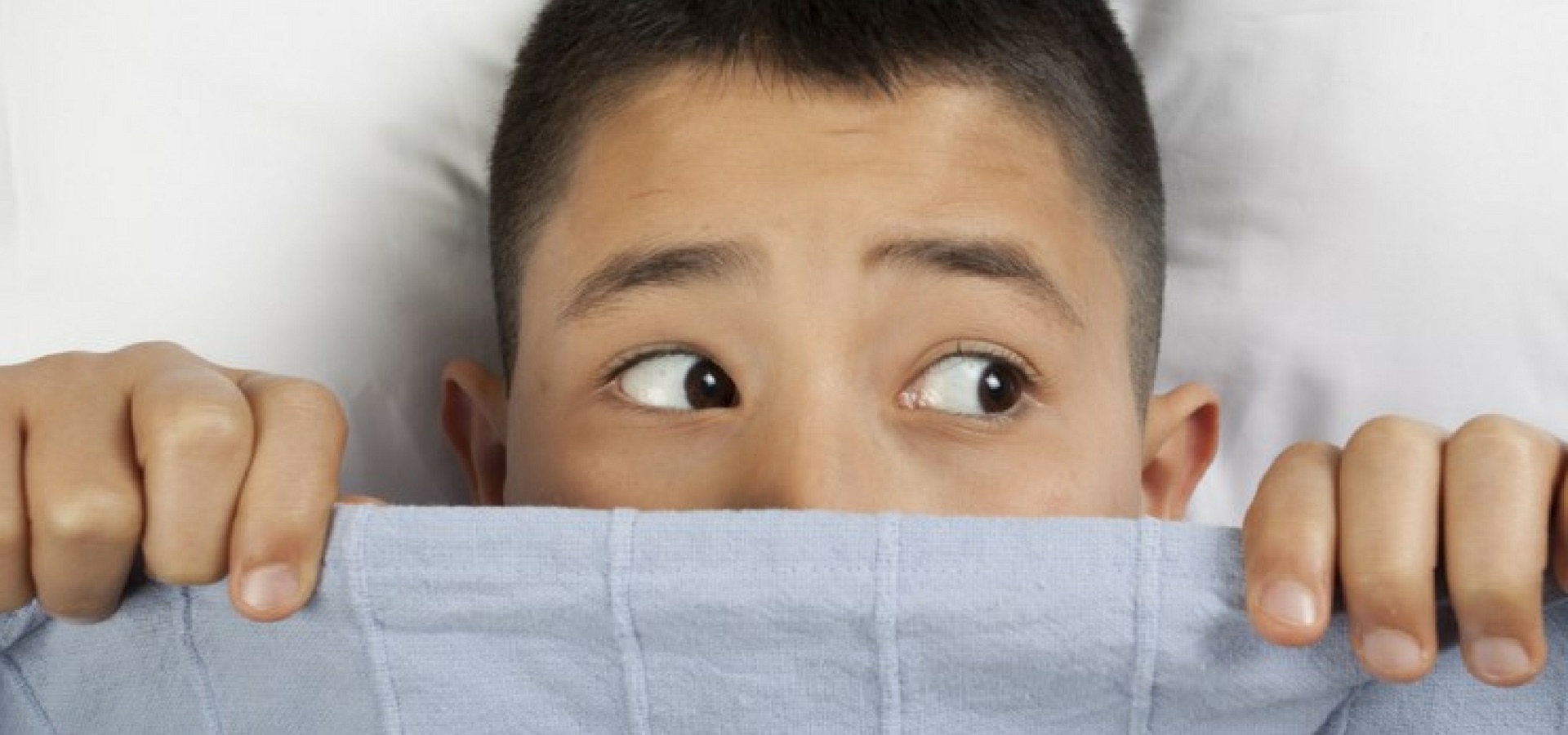
7 Ways to keep your children off drugs
Children are the most vulnerable during their growing years and will always have their curiosity spiked by anything new. The same applies to the usual attractions of alcohol, cigarettes and drugs. Keeping them away from drugs is really important as this is a decision which can change the course of their whole life. The warnings have to be given to children in such a way that they really understand the repercussions of drug usage. Here are some parenting tips when it comes to keeping your children away from the danger of drug abuse for their own betterment. Be the Perfect Role Model Hypocrisy rarely works in such a situation. Advising your children while doing drugs yourself is never going to achieve the required objective. Children usually observe a lot and the same applies to the habits of their parents, whom they may see as their role models. This makes it really important to maintain a clean image and stay clean at least for the sake of your children. Only then will they be fully convinced by your words and stay away from drugs. Do the Talk It is important to sit down and talk about the effects of drug usage to your children. Assuming that your child will not be affected by drugs and feeling that there would have been enough information regarding the issue from schools is not very realistic. Give them all that they need to know about drug usage to make sure that the dangers are understood clearly. Make it as simple as required for them to fully grasp the consequences of any actions that they take. Use the Friendly Gesture When exposing children to such a sensitive issue, it should be done in a realistic way. Giving them a clear picture in the friendliest way should be done, rather than using harsh and threatening tones. The way the message was delivered will also highly impact how children react to any unsupervised situation. Showing that you have placed utmost trust on them can alter how they resist any peer pressure or temptations. Point Out Real-Life Examples There are many people who have become slaves to drugs and will do anything to get their next fix. Pointing out the deep slip that their life has taken works more effectively than all the lectures that you have planned on the subject of drug education. Children today, believe what they see. The same applies to this situation too. By showing them actual people whose lives have been drastically affected by drug usage, you can make sure that you have instilled the right fear in their minds of being exposed to drugs. Keep an Eye on Their Gang Peer pressutre seems to be one of the most common reasons for children to try drugs. This makes it important for parents to keep an eye on the people that their children hang out with. Getting to know their best friends, the people they party with and the things that they usually do with their friends is not only a way to bond better but also a precaution to make sure that they stay safe. Spend More Time Together As time passes, the distance can increase between you and your children. This is quite natural as they seem to develop their own interests and friends. However, it is important for you to keep them close by making sure that they can come to you for any matter. Encourage them to get a hobby which will keep them engaged and maybe opt for something which can be done together. This will help them be distracted from other unwanted distractions and also help you keep your relationship strong. Provide A Stress-Free Environment During this age, children are exposed to a lot of changes and are quite confused about themselves and their surroundings. If a violent or disturbed situation prevails in their environment persistently, children may look for other ways to manage the mental breakdown that they are being exposed to. This is why parents should try keeping the home a place where their children can be happy, in spite of any issues that they may be facing. Children are incapable of fully understanding the consequences of the actions that they may try out. It is the parents’ duty to ensure proper education on the subject for their kids to be safe out of harm’s way.


































